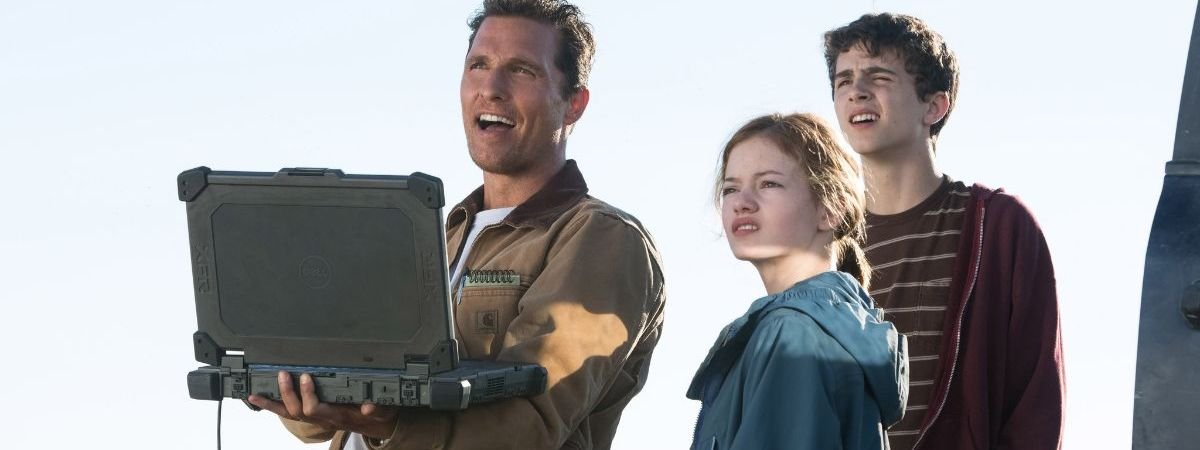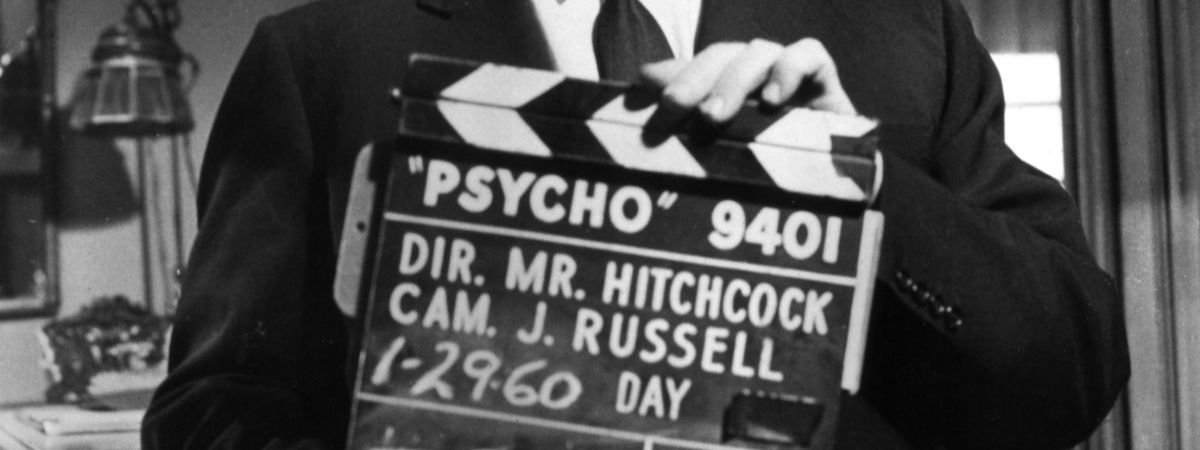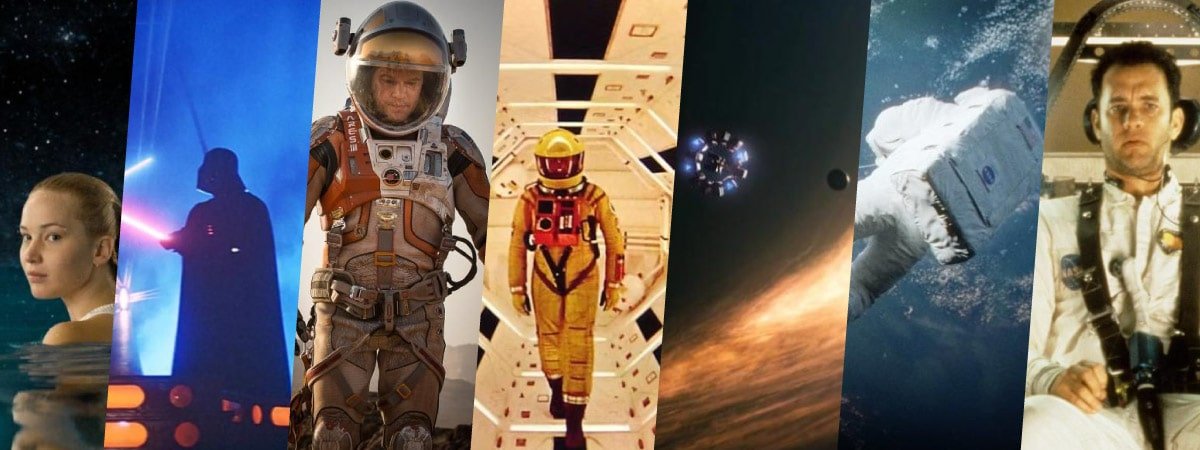Skip to the good bit
TogglePhysicist Kip Thorne played a key role in the visualization
Theoretical physicist Kip Thorne played a pivotal role in the making of ‘Interstellar’. He was not only a scientific consultant but also an executive producer. His work ensured the film’s portrayal of black holes and wormholes was scientifically plausible. The visualization of the black hole, named Gargantua, was based on Thorne’s equations. This led to new scientific insights, with Thorne and his team publishing a paper on their findings. The visual effects team used his data to create the most accurate simulation of a black hole ever seen, making it a significant contribution to both cinema and science.
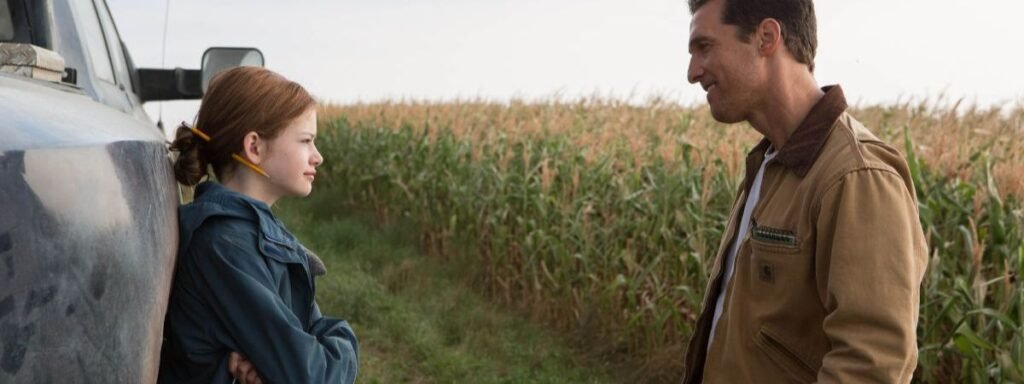
They made a profit from the cornfield
For the Earth scenes, particularly the vast cornfields, the production team actually grew 500 acres of corn, which they later sold at a profit. This approach not only added authenticity to the film’s setting but also demonstrated Nolan’s commitment to practical effects and real-world settings.
Time dilation is used as a plot device
‘Interstellar’ creatively incorporates the concept of time dilation, a real phenomenon predicted by Einstein’s theory of relativity. The film accurately portrays how time can pass at different rates in different parts of the universe, particularly near a massive object like Gargantua. This aspect of the film is not only scientifically accurate but also becomes a crucial element of the plot and emotional narrative.
Hans Zimmer created the score with a single page of information
Composer Hans Zimmer was given the task of creating the film’s score, but Nolan didn’t provide him with the usual movie details. Instead, he gave Zimmer a single page of text about the story’s themes, focusing on the relationship between a father and his child. Zimmer composed the score based on this information, not knowing the film was a sci-fi epic. This approach resulted in a uniquely emotional and atmospheric soundtrack that perfectly complements the film’s tone.
Related read: Cinematic sound effects
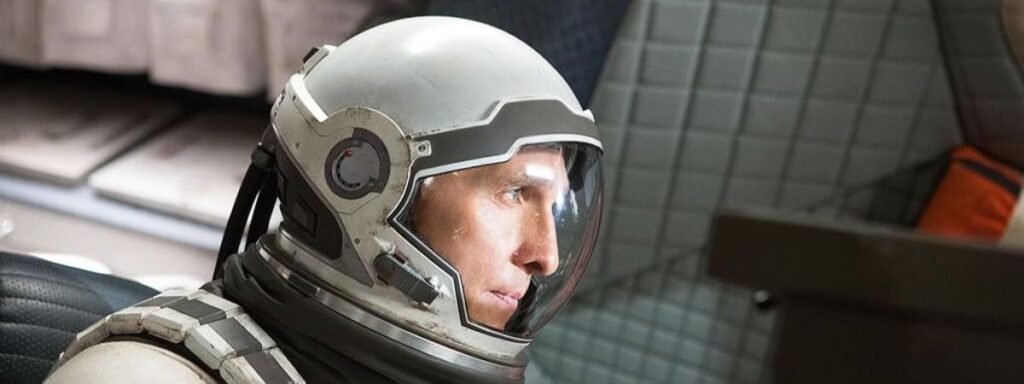
All spacecraft were fully operational and built to scale
The spacecraft interiors in ‘Interstellar’ were built to scale and fully functional to some extent. The Endurance, the film’s main spacecraft, had a set that included complete, 360-degree views out of the windows, showing high-resolution space visuals. This allowed the space film’s approach to add realism to the actors’ performances, as they could interact with their surroundings in an authentic way.
Organic farming research was conducted to depict Earth’s downfall
To accurately depict the agricultural crisis on Earth, the production team conducted extensive research into organic farming and the potential future impacts of crop blight. This research informed the film’s portrayal of a dying Earth, where humanity struggles to grow food, adding a layer of environmental commentary.
NASA had input on the depiction of space scenes
The filmmakers collaborated with NASA to ensure the film’s depiction of spacecraft and space missions was as realistic as possible. This collaboration helped in designing the spacecraft and suits seen in the film, grounding them in current space technology and theory.
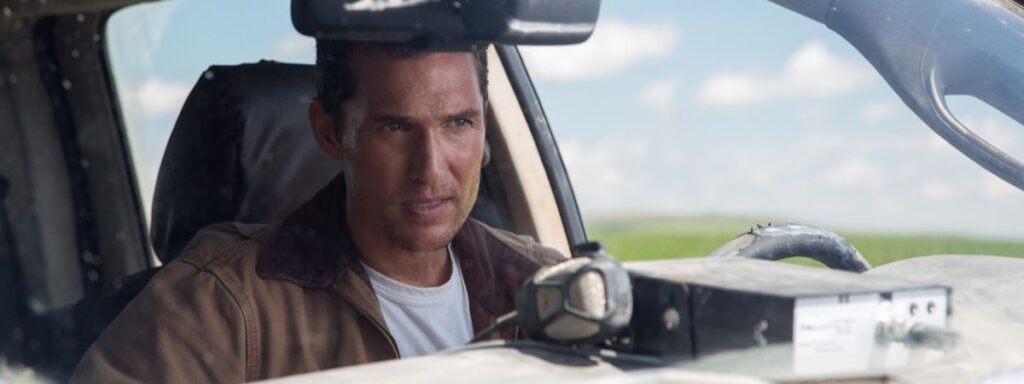
Matthew McConaughey spent time with pilots and farmers for his role
Matthew McConaughey spent time with pilots and farmers to prepare for his role as Cooper, a former NASA pilot turned farmer. This preparation helped him develop a nuanced understanding of his character, blending the technical knowledge of a pilot with the grounded, earthy demeanor of a farmer.
No green screens were used for space scenes
Christopher Nolan is known for his preference for practical effects over CGI, and ‘Interstellar‘ was no exception. Instead of using green screens for the space scenes, the team used projectors to display space visuals. This innovative approach provided the actors a more immersive environment and allowed for more natural lighting and reflections in their space helmets.
“Interstellar” presented space scenes of human interstellar navigation in the vast universe and the deeply rooted image of astronauts, which shocked the audience.
Many fans love the stickers related to film elements derived from the film’s promotion process. People can customize die-cut stickers containing classic film elements, such as images of space, spaceships, and astronauts, as souvenirs. Stickers with customized movie elements can not only be used to decorate the electronic products in your hands but also to decorate refrigerators, notebooks, and windows. In addition to customizing die-cut stickers about movies, more customization needs can be met!
Hardly any GGI was used
In keeping with Nolan’s preference for practical effects, ‘Interstellar’ used CGI sparingly. The film’s visual effects team focused on enhancing the realism of the scenes rather than creating them entirely in post-production. This minimal use of CGI, especially in an era dominated by digital effects, set ‘Interstellar’ apart in terms of visual authenticity.
Related read: Star Wars special effects
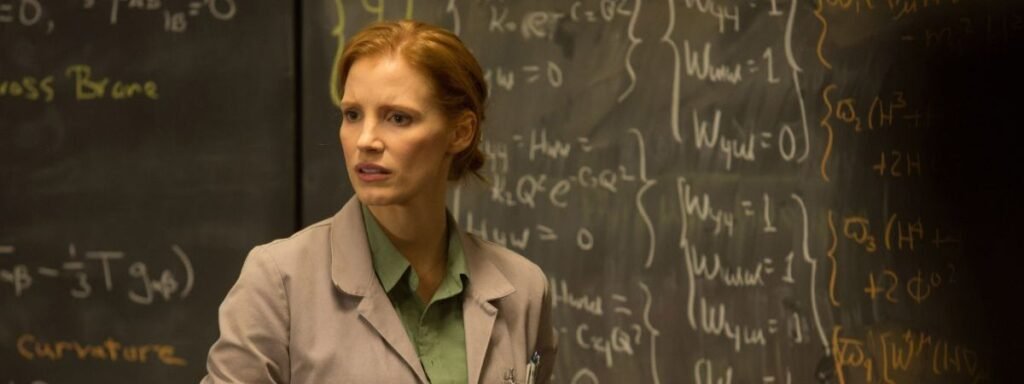
Real physics equations were presented on set
The blackboard equations seen in the film were real equations provided by Kip Thorne. This detail, although small, added to the film’s commitment to scientific accuracy and served as a subtle nod to astrophysics enthusiasts.
Nolan used analog film techniques to film
Nolan chose to shoot ‘Interstellar‘ on 35mm and IMAX 70mm film, eschewing digital filming methods. This choice not only provided a richer, more organic image quality but also tied in with the film’s themes of tradition versus innovation.
If you enjoyed this you’ll like our Star Wars facts, all 66 of them!
